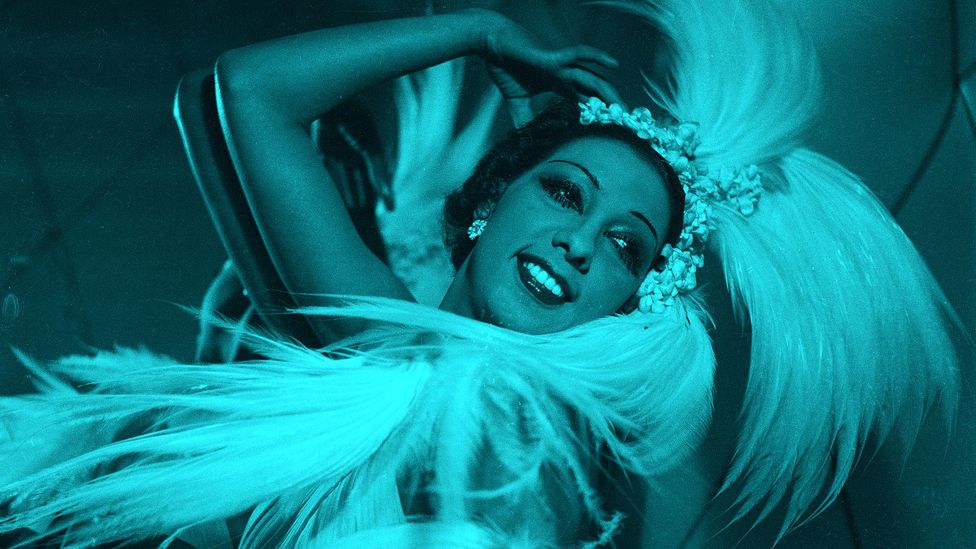
By Cath Pound
BBC
10th August 2021
An exhibition at the Guggenheim Bilbao centres on the 20th Century's wildest and most creative era. What can we learn from the 1920s' many parallels with today, asks Cath Pound.
When curator Catherine Hug began planning an art exhibition about "The Roaring Twenties" she had no idea how much it would end up resonating with people today. Of course, the 1920s have always held a powerful place in the public imagination, but there are some unquestionable parallels with our own times: both decades arrived on the back of economic depressions and pandemics, although thankfully in our case not a World War. These parallels have created an irresistible desire to look back 100 years in order to speculate on how the post-Covid-19 era may play out.
In Western societies, the 1920s was a decade of progress and backlash against years of trauma and deprivation caused by World War One and the 1918 flu epidemic. While many countries battled with the fallout from the collapse of empire, revolution and the ongoing impact of colonialism, the US and Europe enjoyed an unprecedented period of creativity and innovation. Cities were growing at breakneck speed, the mass production of cars was transforming both daily life and urban planning, gender norms were being questioned and racial prejudices challenged. A newly awakened thirst for life was quenched in the jazz-filled clubs of Montmartre and the decadent nightclubs of Berlin.
An exhibition at the Guggenheim Bilbao centres on the 20th Century's wildest and most creative era. What can we learn from the 1920s' many parallels with today, asks Cath Pound.
When curator Catherine Hug began planning an art exhibition about "The Roaring Twenties" she had no idea how much it would end up resonating with people today. Of course, the 1920s have always held a powerful place in the public imagination, but there are some unquestionable parallels with our own times: both decades arrived on the back of economic depressions and pandemics, although thankfully in our case not a World War. These parallels have created an irresistible desire to look back 100 years in order to speculate on how the post-Covid-19 era may play out.
In Western societies, the 1920s was a decade of progress and backlash against years of trauma and deprivation caused by World War One and the 1918 flu epidemic. While many countries battled with the fallout from the collapse of empire, revolution and the ongoing impact of colonialism, the US and Europe enjoyed an unprecedented period of creativity and innovation. Cities were growing at breakneck speed, the mass production of cars was transforming both daily life and urban planning, gender norms were being questioned and racial prejudices challenged. A newly awakened thirst for life was quenched in the jazz-filled clubs of Montmartre and the decadent nightclubs of Berlin.
Artists thought that society had to be changed not only on the political and economic levels, but also the educational, cultural and artistic ones – Catherine Hug
Undoubtedly after a year-and-a-half of being stuck indoors, many today identify with the perceived hedonism of that era, leading to speculation that after Covid-19, some societies could enter a new "Roaring Twenties". But people also identify with the post-war, post-pandemic awareness of the fragility of the world and the need to make it better. "Many people felt that things had to be changed in order to [prevent] any future world war. Artists thought that society had to be changed not only on the political and economic levels, but also the educational, cultural and artistic ones," says Hug, who co-curated the Roaring Twenties exhibition that is at the Guggenheim in Bilbao until mid-September.
"It was the beginning of democratic politics and democratic states, the idea that everyone could participate in a peaceful society. One of the interesting consequences that was reflected in art was places like the Bauhaus… [which] saw education and culture as necessary to build a better society," explains Hug.
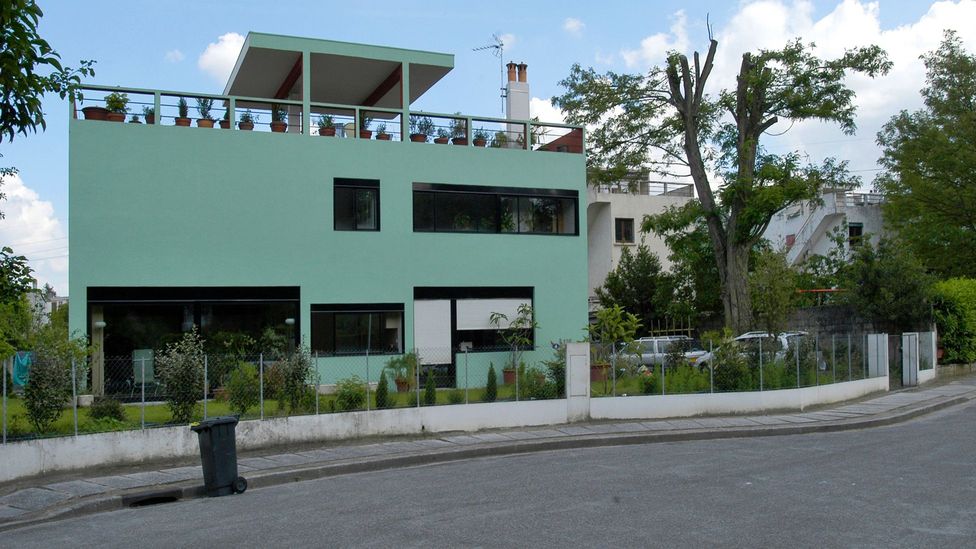
In Cité Fruges at Pessac, Le Corbusier created worker's housing consisting of a series of rectangular blocks of modular housing units, each with its own terrace (Credit: Alamy)
Architects such as Le Corbusier and Walter Gropius sought a socially responsible architecture that was dedicated to providing better living conditions for the residents of crowded cities. "The notion of a healthy way to live was a lot of air, a lot of light and the visibility of nature. That's why it was the decade of large windows," says Hug. Although many of those designs proved theoretical, Le Corbusier was able to turn some of his ideas into reality with the Cité Fruges at Pessac, a suburb of Bordeaux, where he created worker's housing consisting of a series of rectangular blocks composed of modular housing units, each with its own terrace, in a garden setting.
The increasing emancipation of women was evident in art, fashion and dance. German painter and photographer Christian Schad's portrait of his partner Maika (1929), with her bobbed hair and sleeveless dress, shows a modern woman firmly in control of her own image and body. Meanwhile, fellow German artist Jeanne Mammen, herself one of the new independent career women, portrayed gay women revelling in their sexuality in Weimar's raucous nightclubs. However, she also depicted bored-looking prostitutes forced to resort to the oldest profession in order to survive. "What they show is the ambiguity, and also the complexity of transformation at this time," says Hug of these works.
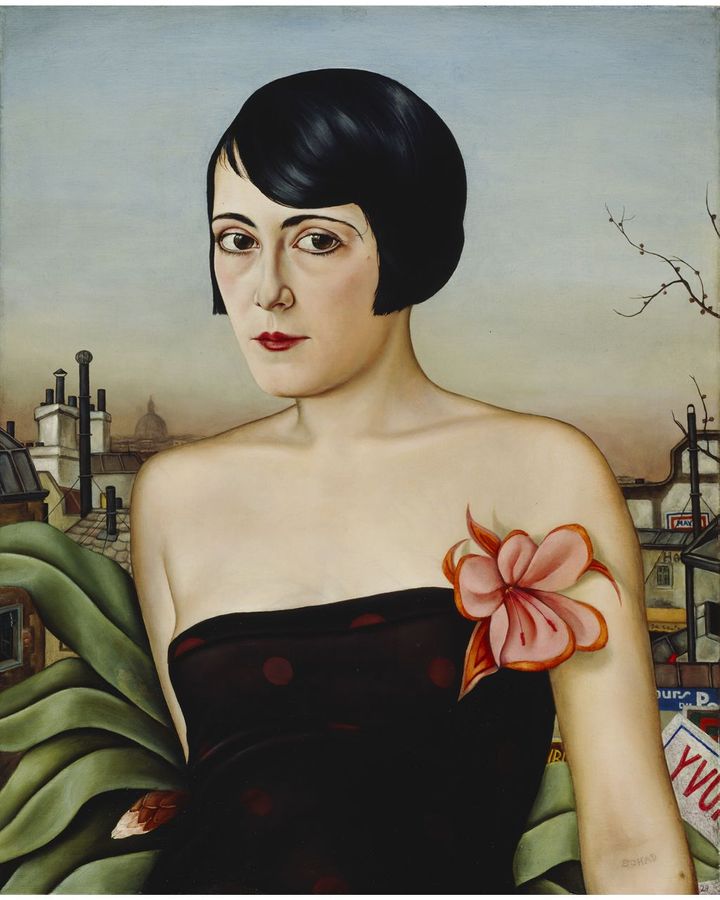
Christian Schad's Maika (1929), with her bobbed hair and sleeveless dress, shows a modern woman in control of her own image and body (Credit: VEGAP, Bilbao, 2021)
The fashion and hairstyles of the era, which saw women turning their back on elaborate up-dos and restrictive corsetry in favour of cropped hair and loose shift dresses that daringly revealed legs and ankles, were undoubtedly a sign of liberation. Yet many other factors were also at play. "After World War One it became difficult to get domestic staff, lifestyles had to be scaled down, you had to be able to get dressed yourself and maintain your clothing yourself," explains Cally Blackman, who teaches Fashion History and Theory at Central Saint Martins in London. Blackman also cautions against overplaying the link between fashion and female emancipation. Coco Chanel's designs might have made women's clothing more comfortable, but she didn't necessarily intend to empower those who wore them. "She believed in women's weaknesses, she wasn't a feminist," says Blackman.
That could shatter some illusions – but if we want evidence of a truly independent female icon of the 1920s, who challenged not only gender but also racial boundaries, we only have to look to the dancer Josephine Baker. Her expressionistic dances oozing with sensuality came to epitomise the pleasure-seeking Parisian nightlife of the era. Although her most famous outfit – which consisted of a banana skirt, necklace and little else – might appear to be pandering to gender and racial stereotypes, Hug insists "she was very self-determined about her body. She was playing with the male gaze and the clichés that she was very much a victim of in the US."
'A search for meaning'
The joie de vivre of the wild Jazz Age that Baker embodied is something many will be longing to relive in the 2020s. Having studied the impact of pandemics on human behaviour over the centuries, Nicholas Christakis, a Yale epidemiologist and author of Apollo's Arrow: The Profound and Enduring Impact of Coronavirus on the Way we Live, believes our own times will certainly echo the 1920s in that respect. "People will relentlessly seek out social interactions and nightclubs and bars and restaurants and musical concerts. People will start spending their money, there'll be an economic boom and I think we'll see an effervescence of arts and entrepreneurship and creativity," he tells BBC Culture.
When people are cooped up at home and have a lot of time on their hands, they'll think about what's important in their lives and what's important in their societies – Nicholas Christakis
However, having undergone a collective trauma the likes of which most of us have never endured before, we are also likely to share with the artists of the 1920s a profound desire to change society for the better. "When people are cooped up at home and have a lot of time on their hands, they'll think about what's important in their lives and what's important in their societies. We see this search for meaning in the form of political developments in our society. The Black Lives Matter protests were a response to decades of racialised policing in our society… but in addition I think it was a search for meaning," says Christakis
.
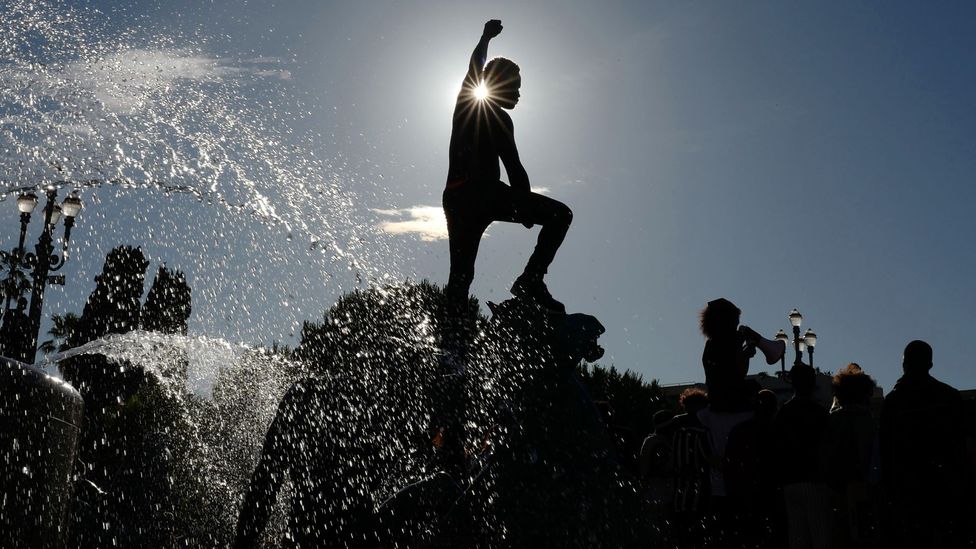
The 2020s could see artists and communities come together around social justice issues like Black Lives Matter and the environment (Credit: Valery Hache / Getty Images)
Greg Hilty, curatorial director of the Lisson Gallery in London, certainly believes the pandemic has been a time of reflection for many artists. They "have used the time to review the essence of their work and working practice, away from the surface demands of the art industry. For most, this has been a positive outcome, reaffirming their values and their sense of purpose arising from the work itself rather than its consumption," he tells BBC Culture. In terms of the type of work this might inspire, he says: "the pandemic has drawn our attention to the wider shifts in consciousness relating to the precarity of our relationships between peoples and with the natural world. We can expect more and deeper reflections on our current condition.
"Issues that many artists have been long engaged with have over the past year received both more intense and wider appreciation culturally – the climate emergency, social justice and in particular the continuing fight for the value of black lives," as has "the gulf between dominant cultural values, such as those expressed in monuments, and more nuanced and plural values," says Hilty. This suggests that the 2020s may see a growing relationship between artists and their public as both strive towards diversity and social justice. Hilty observes that there has already been a "shift to a more direct engagement between artists and institutions on the one hand, and their audiences and communities on the other."

The 2020s could see artists and communities come together around social justice issues like Black Lives Matter and the environment (Credit: Valery Hache / Getty Images)
Greg Hilty, curatorial director of the Lisson Gallery in London, certainly believes the pandemic has been a time of reflection for many artists. They "have used the time to review the essence of their work and working practice, away from the surface demands of the art industry. For most, this has been a positive outcome, reaffirming their values and their sense of purpose arising from the work itself rather than its consumption," he tells BBC Culture. In terms of the type of work this might inspire, he says: "the pandemic has drawn our attention to the wider shifts in consciousness relating to the precarity of our relationships between peoples and with the natural world. We can expect more and deeper reflections on our current condition.
"Issues that many artists have been long engaged with have over the past year received both more intense and wider appreciation culturally – the climate emergency, social justice and in particular the continuing fight for the value of black lives," as has "the gulf between dominant cultural values, such as those expressed in monuments, and more nuanced and plural values," says Hilty. This suggests that the 2020s may see a growing relationship between artists and their public as both strive towards diversity and social justice. Hilty observes that there has already been a "shift to a more direct engagement between artists and institutions on the one hand, and their audiences and communities on the other."
Diversity and inclusion have become part of every conversation in America – Su Ku
A sense of community with shared social values is likely to have a major impact on the fashion we choose to wear in the 2020s, too. "Diversity and inclusion have become part of every conversation in America, whether it's politics or family values or economic support for people in need, therefore retailers who share values of sustainability and diversity will have a connection with the younger generation especially, who see that as an absolute necessity," says Su Ku, a tutor on the Fashion Institute of New York's fashion programme.
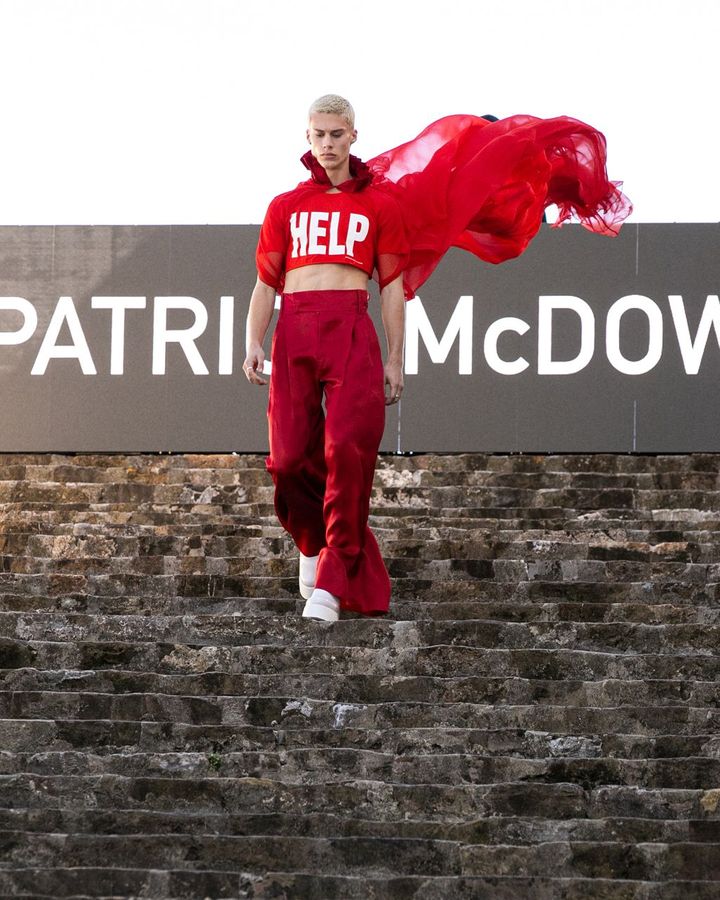
Fashion in the 2020s will be increasingly focused on sustainability and diversity
(Credit: Photo by Claudio Lavenia / Getty Images)
But fashion in the 2020s looks likely to be as much about vintage as socially conscious brands. One of Blackman's students is writing a dissertation on sustainability on the red carpet. "She's done an amazing amount of research on celebrities who go out of their way to wear second-hand clothes. Once that begins to happen and people like Kim Kardashian start to join in, it's unstoppable, because they have such power and influence over the mainstream buyer," says Blackman. "Whereas high street retailers may have gone by the board, the market in vintage and pre-used clothing is surging," she observes.
This suggests that fashion historians of the future are going to have a much harder time tying down the decade stylistically than in the 1920s. "In comparison to the 1920s, we have complete sartorial freedom. I think lockdown has cemented that," says Blackman.
Changing public spaces
When it comes to imagining how our cities might develop over the coming decade, it seems that 2020s architects share many of the social concerns of their 1920s contemporaries. However, where once the car was king when it came to urban planning, now nature takes precedence.
But fashion in the 2020s looks likely to be as much about vintage as socially conscious brands. One of Blackman's students is writing a dissertation on sustainability on the red carpet. "She's done an amazing amount of research on celebrities who go out of their way to wear second-hand clothes. Once that begins to happen and people like Kim Kardashian start to join in, it's unstoppable, because they have such power and influence over the mainstream buyer," says Blackman. "Whereas high street retailers may have gone by the board, the market in vintage and pre-used clothing is surging," she observes.
This suggests that fashion historians of the future are going to have a much harder time tying down the decade stylistically than in the 1920s. "In comparison to the 1920s, we have complete sartorial freedom. I think lockdown has cemented that," says Blackman.
Changing public spaces
When it comes to imagining how our cities might develop over the coming decade, it seems that 2020s architects share many of the social concerns of their 1920s contemporaries. However, where once the car was king when it came to urban planning, now nature takes precedence.
A year of meeting and eating outdoors, wherever possible, will change our view of the public realm – Eleanor Young
For their Rethink: 2025 competition, the Royal Institute of British Architects (RIBA) asked architects and students to consider what life and the built environment might look like in the post-pandemic world. All three winning entries had the environment, quality of life and social justice at their core. One, which focused on redesigning streets to create high-quality outdoor spaces for people and encourage cleaner, more physically active methods of transport has effectively come into being already. "Within weeks of the competition's launch we saw widened pavements," says RIBA's Eleanor Young. "A year of meeting and eating outdoors, wherever possible, will have to change our view of the public realm," she says.
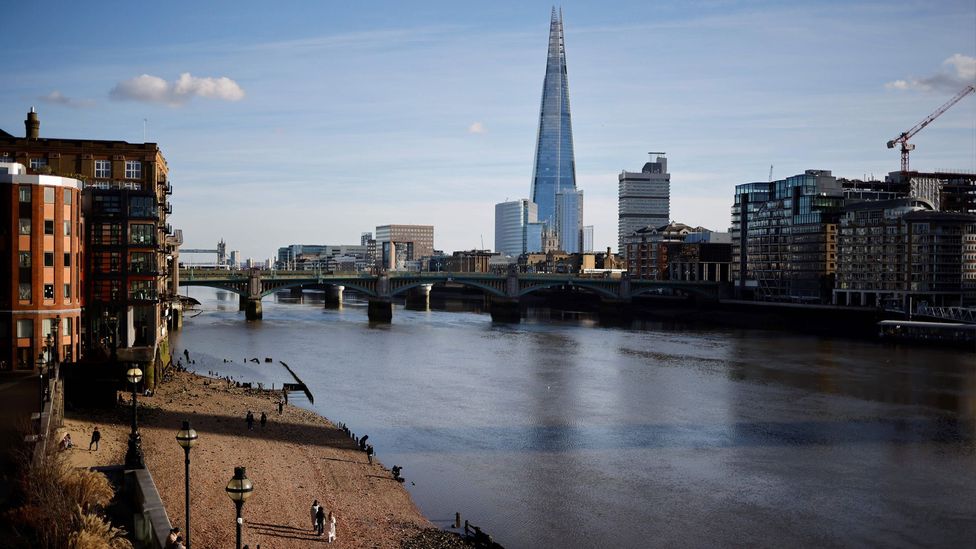
Nature will take centre stage when it comes to urban planning in the 2020s
(Credit: Getty Images)
Another entry imagines repurposing redundant office space to house the homeless. "It just makes a lot of sense," says Young. Obviously, landlords, not known for their altruism, are still going to want to make money, but as Young says: "if you've got a 1960s office building standing empty, having a charity in there that pays you rent is probably better than nothing."
But by far the most ambitious project envisages transforming London's metropolitan area into an ecologically diverse, agricultural landscape, in part as a response to the premise that industrialised food production has made us vulnerable to diseases transmitted from animals to humans. "What is particularly interesting about that is that they had done some mapping which showed that some of those things were happening already like city farms and marshlands," says Young. "It could change London and make it a much better place to live. That kind of resetting of ideas about us and nature. Not just in terms of health but also our mental health," she says. And these are ideas that could potentially be adopted by cities everywhere. "If you can apply that to London, you can apply it anywhere," says Young.
It seems like the 2020s could well have some of the hedonism that characterised the "Roaring Twenties," although we must hope it does not echo the end of that decade, which saw economic depression and the rise of fascism. There is reason for optimism as, alongside that understandable yearning for pleasure, it is clear there will also be the same desire to build a better society that pandemics have always inspired. A growing concern with social justice and the fragility of our environment will be reflected in the culture all around us. The clothes we wear to go clubbing or to the theatre will be vintage or sustainable. Our cities are less likely to roar than murmur as the car is increasingly confined to the outskirts and green spaces proliferate. And artists will, as they always have, offer reflection on our current condition while seeking to inspire their audience to improve the world around them. It would be wonderful if this time they were able to succeed.
Another entry imagines repurposing redundant office space to house the homeless. "It just makes a lot of sense," says Young. Obviously, landlords, not known for their altruism, are still going to want to make money, but as Young says: "if you've got a 1960s office building standing empty, having a charity in there that pays you rent is probably better than nothing."
But by far the most ambitious project envisages transforming London's metropolitan area into an ecologically diverse, agricultural landscape, in part as a response to the premise that industrialised food production has made us vulnerable to diseases transmitted from animals to humans. "What is particularly interesting about that is that they had done some mapping which showed that some of those things were happening already like city farms and marshlands," says Young. "It could change London and make it a much better place to live. That kind of resetting of ideas about us and nature. Not just in terms of health but also our mental health," she says. And these are ideas that could potentially be adopted by cities everywhere. "If you can apply that to London, you can apply it anywhere," says Young.
It seems like the 2020s could well have some of the hedonism that characterised the "Roaring Twenties," although we must hope it does not echo the end of that decade, which saw economic depression and the rise of fascism. There is reason for optimism as, alongside that understandable yearning for pleasure, it is clear there will also be the same desire to build a better society that pandemics have always inspired. A growing concern with social justice and the fragility of our environment will be reflected in the culture all around us. The clothes we wear to go clubbing or to the theatre will be vintage or sustainable. Our cities are less likely to roar than murmur as the car is increasingly confined to the outskirts and green spaces proliferate. And artists will, as they always have, offer reflection on our current condition while seeking to inspire their audience to improve the world around them. It would be wonderful if this time they were able to succeed.
The Roaring Twenties is at Guggenheim Bilbao until 19 September 2021.
No comments:
Post a Comment